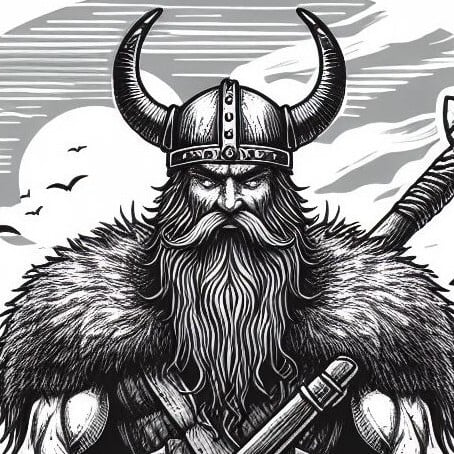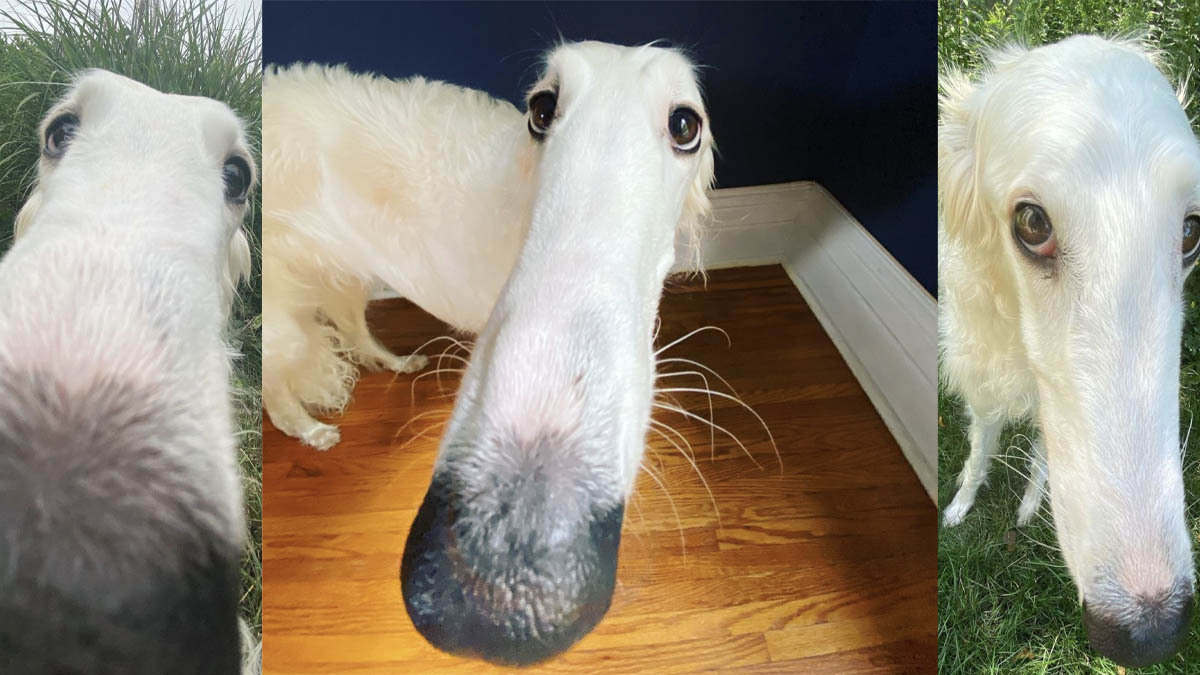Dog shaped gelatinous cube.
So I don’t really know much about DnD and was wondering what exactly would be happening moving forward here? Does the Paladin receive some sort of debuff and then has to fight the creature alone? I don’t really have any ideas
The Paladin would try to convince the rest of the party NOT to go help the poor little doggo.
Wouldn’t it be obvious that it’s not a dog though. You don’t need to see the image to know it’s not gonna be a dog, given the setup
Two things:
-
As a DM, giving players false positives when they try to metagame is HILARIOUS.
-
Players are generally expected to act “in-character”. D&D isn’t a game about winning or losing, it’s about making a story.
deleted by creator
-
The players know that. Their characters don’t.
Part of roleplaying is not metagaming. Even if the players suspect something is wrong, you play like you don’t because your character would not know that. At least I find it more fun to play that way. I’m not there to min/max my adventure.
I wouldn’t even akin meta gaming to min-maxing, I’d say its closer to cheating. Not everyone plays the same obviously, and I’m sure some are fine with it. But your character is acting on information they couldn’t possibly know.
I get that it’s not technically cheating at a lot of tables, which is why we call it meta gaming instead, but still… it’s kinda BS.
It’s only cheating if you know for sure what the DM is going to do and they are not just messing with you. This situation could totally just be an actual dog that only the Paladin thinks is a monster due to DM nonsense.
The players may know something is up, but the characters do not, so for the sake of roleplay there should be a conflict between the paladin and the rest of the group.
Do the characters know the stats of the other characters and can they factor that into descissons? Like the wizard is smart, the barbarian is strong and the paladin has high perception, so I trust him.
It depends on a lot of things. Typically you don’t want to use “outside” knowledge. So if you and the group are bullshitting before the session and you learn your paladin has high af perception you’d try not to let that knowledge bleed over into your character. But if it naturally comes up in the game “my paladin keeps passing perception checks that I keep failing” it’d be similar to noticing you have a really perceptive friend and you begin to trust their instincts a bit more and more.
The characters probably shouldn’t know the exact stats, but I mean, some things are reasonably obvious. For example if the barbarian pc turned an enemy into mush with a single hit in the last battle, the character can assume that they’re very strong. And so on.
Part of what’s so funny about RPGs is being able to anticipate things that your character can’t, and so they do stupid things for stupid reasons
deleted by creator
I assume the Paladin would either have to try to roll to persuade the other players that it’s definitely not a Labrador, dispell whatever illusion the creature is casting, or they would indeed have to fight them alone (possibly with the other players trying to stop them, cause who kills a Labrador)
As a DM you just watch how the players handle it. Very fun to cause such a conflict between your players where you force them into opposing roles.
In short: you set the scene and watch 'em dance. 😄I think this is homebrew so it would be completely up to the dm any effects of the creature and if it was hostile.
It’s a Chupacabra!
Wait, don’t all dogs talk and fly?
No, Tendi!
My players shall curse you for the fun you’ll have given me on their next trek out of the city. I’m think Yeth hound stats but I’m flexible atm. Maybe a shadow.
I’ve never actually played, so this might be standard practice anyway, but I think this would be a great time to have the DM roll privately for each player and not tell them if they passed or failed. If the players only know what their character saw (and not if they pass or fail the check, or even get an idea based on the roll) then metagaming is impossible. This could produce a situation where it’s just a dog but the paladin thinks they saw a monster because they failed the roll, or it could be the other way around.
Doing it with DM-only rolls ensures the players have to actually figure out what they saw rather than knowing based on what they rolled or if they passed.As I said, this could be standard practice, I have no idea. But I hope it is.
Most DMs do hide at least some pass/fail rolls from the players. The best is when you ask your players to make a perception check, and then smile and say they see nothing out of the ordinary without telling them if they passed or failed.
Some games explicitly encourage this. Pathfinder 2e for example has Secret rolls, which the GM does on behalf of the player so that they do not know their numerical total and must act solely on the result provided by the GM.
In this situation one of the players is going to immediately describe to the others what he saw, so it isn’t really a secret. It does make the player who got the image describe it to the people who didn’t see it though, which is a nice little bit of roleplaying.
Secret rolls are a thing when it’s appropriate. You try and work out whether someone’s lying to you, you shouldn’t know how high the roll was.
The player could describe what they saw, but nobody except the GM knows if it’s true.
It’s equally plausible that the paladin failed the check and saw a monster when there was only a dog, or that they passed the check and saw a monster because there was in fact a monster. Their argument to the party would be the same in either case: “that’s no dog, it’s a
space stationmonster”.The party then must question who saw the correct thing. Did the paladin actually see something everyone else missed? Or are they just seeing things? My point was that the players should not immediately be able to discern the truth. I find that this kind of uncertainty breeds intrigue!
I used this image in a horror one shot after I saw it. Lots of fun there, they were kids on a school camping trip rather than an adventuring party and occasionally they’d spot it in the woods.
I first read it like you were DMing a one shot for school children on a camping trip. That would’ve been one bold move.
Whats the creature?
A barkbark obviously.
Spotted or crested?
A little known fact, the barkbark vulgaris can actually be created or spotted, it depends on the blood type of the carcass used for its nest.
African or European? How fast is it while gripping a coconut by the husk?
For the confused like me: I just searched for it and barkbarks are not a thing. (That means they were not until now.)
Because it’s not on the internets, doesn’t mean it doesn’t exist.
Call of Cthulhu vibes here. Some rolls you want to fail, because you’re better off not knowing.
“Komm da weg, Idioten!”

















